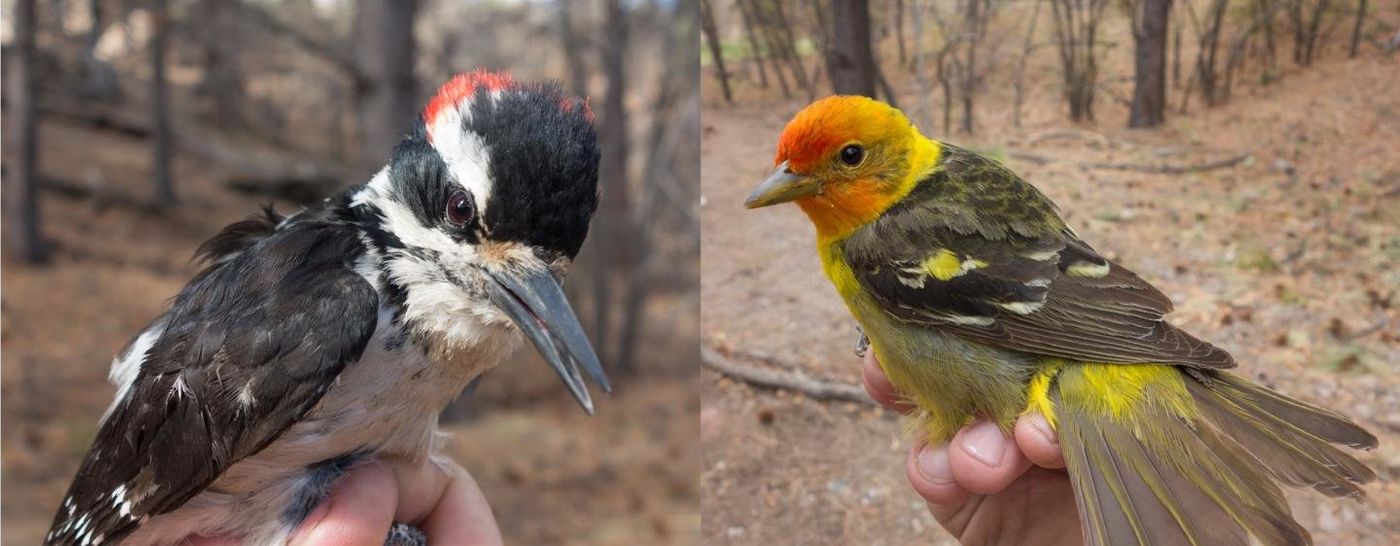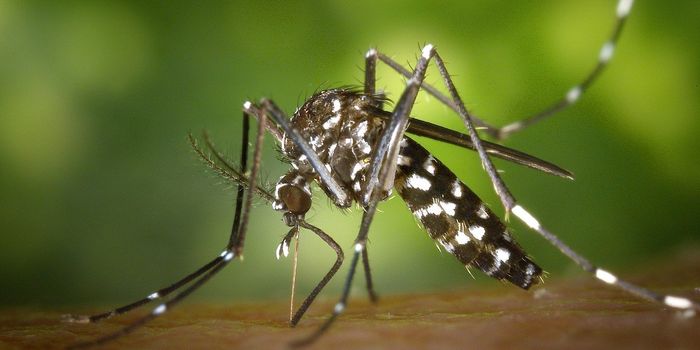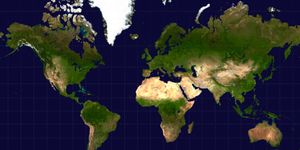Researchers Observe Unexplained Bird Decline in Northern New Mexico
Researchers from the Los Alamos National Laboratory have been left stumped after perusing through several years’ worth of archived data associated with bird population diversity surveys conducted in Northern New Mexico.
Judging their findings, which are published in the journal Biological Conservation, a wide variety of native bird populations throughout the region underwent dramatic population declines between 2003 and 2013. But perhaps the most frightening part about the whole debacle is how there doesn’t seem to be any obvious explanation as to why.
Image Credit: LANL
Not only did bird sightings decline by a staggering 73% during the surveys conducted during the designated timeframe, but the diversity of the spotted bird species reportedly waned by as much as 45%.
Something appears to be pushing the birds out of their natural habitat and compelling them to look elsewhere for a viable way of life. But, what?
According to the researchers, climate change-induced droughts and heat waves could have played a role. From 2000-2003, severe drought struck the Southwestern United States and knocked out many of the region’s piñon pine trees. Fewer trees translated to fewer nesting places and may have ultimately driven the birds away.
"These birds are not using these habitats anymore," explained study lead author Jeanne Fair from the Los Alamos National Laboratory.
Related: Birds probably help drive the expansion of stick insect territory
And to make matters worse, droughts and heat waves are expected to worsen in coming years. As trees disappear, we can expect bird population diversity trends to follow, and that’s why it’s important that researchers dig deeper.
"While avian communities regularly respond to changes in the environment, what's different now is that with predictions for a major loss of pine trees in the Southwest, we need to monitor the potential impact on wildlife that use these forests," Fair added.
Related: Smaller crows instigate fights with larger ravens, study finds
It should be interesting to see how conservationists will respond to the study and whether additional studies will put the spotlight on other potential drivers responsible for bird species diversity loss in the region. Until then, however, the topic is subject to debate.
Source: Biological Conservation via Science Daily









